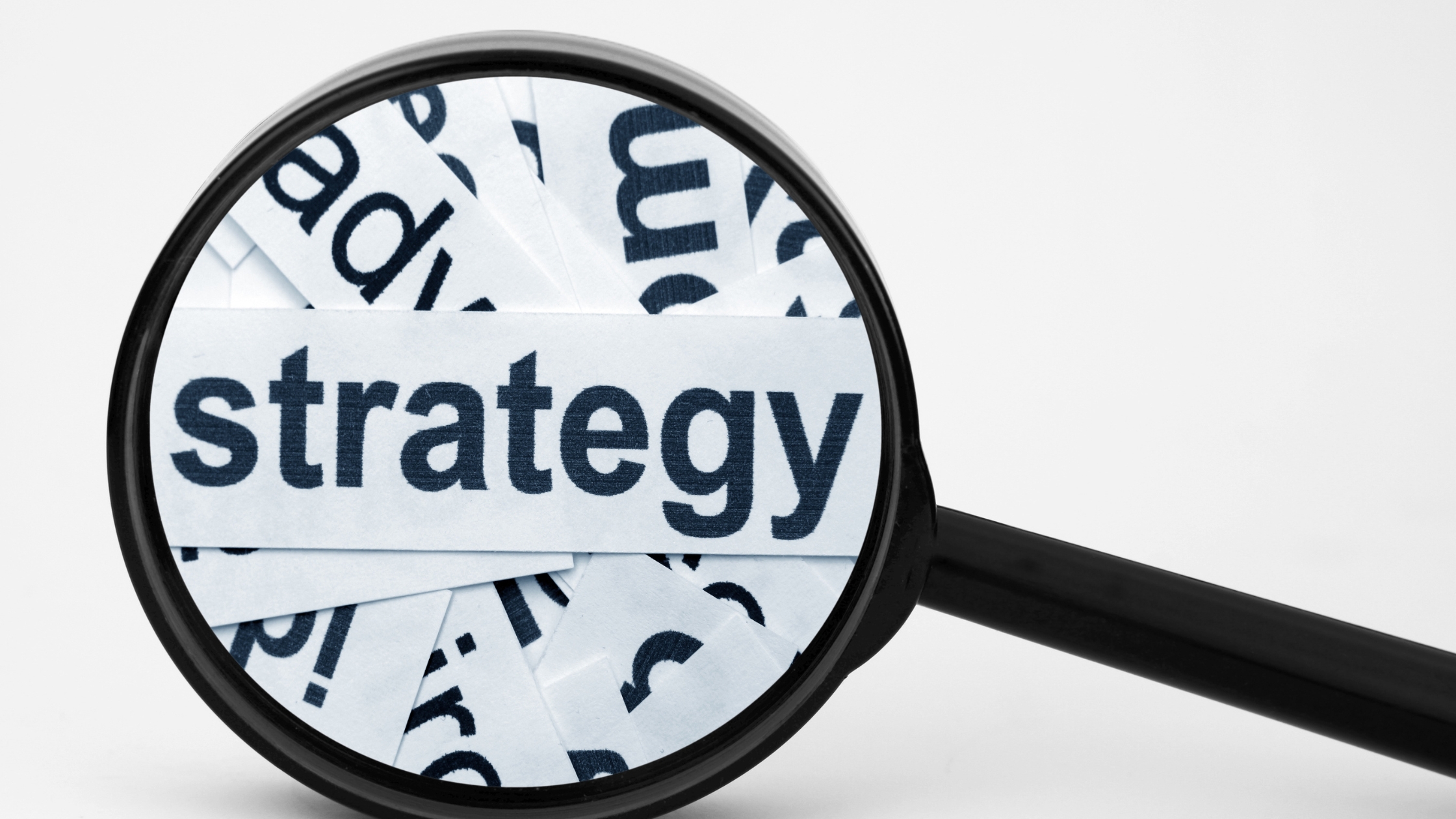B2B vs. B2C Debt Collection: What’s the Difference?
B2B vs. B2C Debt Collection: Debt collection is a critical part of maintaining a healthy cash flow for any business. However, the methods and regulations involved vary significantly depending on whether the debt is owed by another business (B2B) or an individual consumer (B2C). Understanding these differences is crucial for effective debt recovery. Let’s delve into the key distinctions between B2B and B2C debt collection.
1. The Nature of the Debt
- B2B Debt: Often involves larger sums, complex contracts, and extended payment terms. The debt may be related to goods, services, or outstanding invoices.
- B2C Debt: Typically involves smaller amounts related to personal loans, credit cards, medical bills, or utility payments.
2. Communication and Negotiation
- B2B Debt: Collection efforts focus on maintaining the business relationship. Communication is often more formal, involving discussions with accounts payable departments or financial officers. Negotiation tactics aim to find mutually agreeable solutions while preserving the professional relationship.
- B2C Debt: Communication may be less formal, potentially involving direct conversations with the debtor. Collection efforts often focus on educating the debtor about their options and working out a payment plan.
3. Legal Framework and Regulations
- B2B Debt: Primarily governed by contract law and commercial collection practices. There are fewer federal regulations compared to B2C debt collection. However, state laws may vary.
- B2C Debt: Heavily regulated by the Fair Debt Collection Practices Act (FDCPA), which outlines strict guidelines for collection agencies to protect consumers from harassment and unfair practices.
4. Collection Strategies
- B2B Debt: Strategies may include negotiating payment terms, offering discounts for early payment, or using mediation or arbitration to resolve disputes. Legal action is often a last resort.
- B2C Debt: Collection efforts may involve sending reminder letters, making phone calls, or reporting the debt to credit bureaus. Legal action, such as lawsuits or wage garnishment, may be pursued in more severe cases.
5. Impact on Credit and Reputation
- B2B Debt: Unpaid debts can negatively impact a business’s credit rating, making it difficult to secure financing or establish new business relationships.
- B2C Debt: Unpaid debts can significantly damage a consumer’s credit score, affecting their ability to borrow money, rent apartments, or even get certain jobs.
Partnering with a Professional Debt Collection Agency
Navigating the complexities of B2B and B2C debt collection can be challenging. Partnering with a reputable debt collection agency like The Baker Group can streamline the process and increase your chances of successful recovery.
At The Baker Group, we have extensive experience in both B2B and B2C debt collection. Our team of skilled professionals understands the nuances of each type of debt and employs tailored strategies to achieve the best possible outcomes.
We are committed to ethical and compliant collection practices while prioritizing your business relationships. Contact us today to learn how we can help you recover outstanding debts and improve your bottom line.










